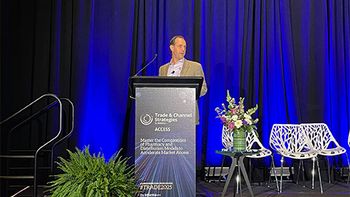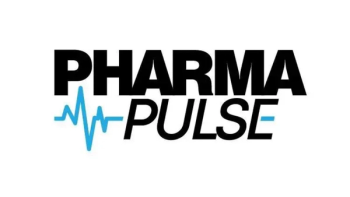
FDA to Review BLA for CSL Behring's Novel Treatment for Hereditary Angioedema
If the FDA approves garadacimab, it would be the first approved hereditary angioedema therapy that targets activated FXIIa.
The FDA has accepted a Biologics License Application (BLA) for CSL Behring’s garadacimab (CSL312), a once-monthly prophylactic therapy for hereditary angioedema (HAE). A Marketing Authorization Application (MAA) filed by CSL Behring was also accepted by the European Medicines Agency (EMA) for garadacimab.
"CSL is a company with a deep heritage in developing innovative treatments for the rare disease community, and we are extremely proud that our first homegrown recombinant monoclonal antibody is progressing our commitment to support HAE patients in need," Emmanuelle Lecomte Brisset, PharmD, senior vice president and global head of Regulatory Affairs at CSL, said in a press release.1 "We believe that garadacimab has the potential to become a promising therapy in the prevention of HAE attacks and we look forward to working closely with global health regulators throughout the review process."
The novel, first-in-class, recombinant monoclonal antibody targets activated Factor XII (FXIIa). FXIIa is a plasma protein that initiates the kallikrein-kinin cascade of HAE attacks.
Garadacimab targets FXIIa to slow the cascade of HAE attacks at the top, which differs from other HAE treatments that target downstream mediators. Garadacimab was previously granted orphan drug designation for patients with HAE by both the FDA and EMA.1
The agencies granted these designations based on data from the pivotal, multicenter, randomized, double-blind, parallel-group VANGUARD study, which analyzed the long-term efficacy and safety of garadacimab administered monthly at a dose of 200 mg doses as a prophylactic treatment for patients with HAE.
Patients in the trial were administered either garadacimab at a subcutaneous (SC) dose of 400 mg in two 200 mg injections or a volume-matched placebo, followed by five self-administered monthly doses of 200 mg SC garadacimab or volume-matched placebo. The trial’s primary endpoint was investigator-assessed time-normalized number of HAE attacks per month during the six-month treatment period. Safety was analyzed in patients administered at least one dose of garadacimab or placebo.1,2
Data from the study show that over a 6-month treatment period, the mean number of investigator-confirmed HAE attacks per month dropped significantly in patients administered garadacimab compared with the placebo cohort. The mean number of HAE attacks per month in patients administered garadacimab was 0 compared with 1.35 in the placebo cohort.
HAE is an autosomal dominant disease caused by the lack of or a dysfunctional C1-inhibitor protein.3 HAE’s estimated prevalence is one in 50,000, with the disease typically manifesting during the first two decades of life.
Although symptoms vary in severity, location, and duration, it typically involves the upper airway, skin, and gastrointestinal tract. The disease manifests with symptoms related to angioedema of the upper airway, skin, and gastrointestinal tract, with the most worrisome complication being upper airway swelling that may proceed to asphyxiation, which occurs in just 1% to 3% of cases.3
If the FDA approves garadacimab, it would be the first HAE therapy that targets activated FXIIa.
References
1. CSL Behring. CSL's Garadacimab, a First-in-Class Factor XIIa Inhibitor, Receives FDA and EMA Filing Acceptance. News release. December 14, 2023. Accessed December 18, 2023.
2. Craig TJ, Reshef A, Li HH, et al. Efficacy and safety of garadacimab, a factor XIIa inhibitor for hereditary angioedema prevention (VANGUARD): a global, multicentre, randomised, double-blind, placebo-controlled, phase 3 trial [published correction appears in Lancet. 2023 Apr 15;401(10384):1266]. Lancet. 2023;401(10382):1079-1090. doi:10.1016/S0140-6736(23)00350-1
3. Hereditary Angioedema. National Institutes of Health. Webpage. May 1, 2023. Accessed December 18, 2023.
Newsletter
Stay ahead in the life sciences industry with Pharmaceutical Commerce, the latest news, trends, and strategies in drug distribution, commercialization, and market access.





